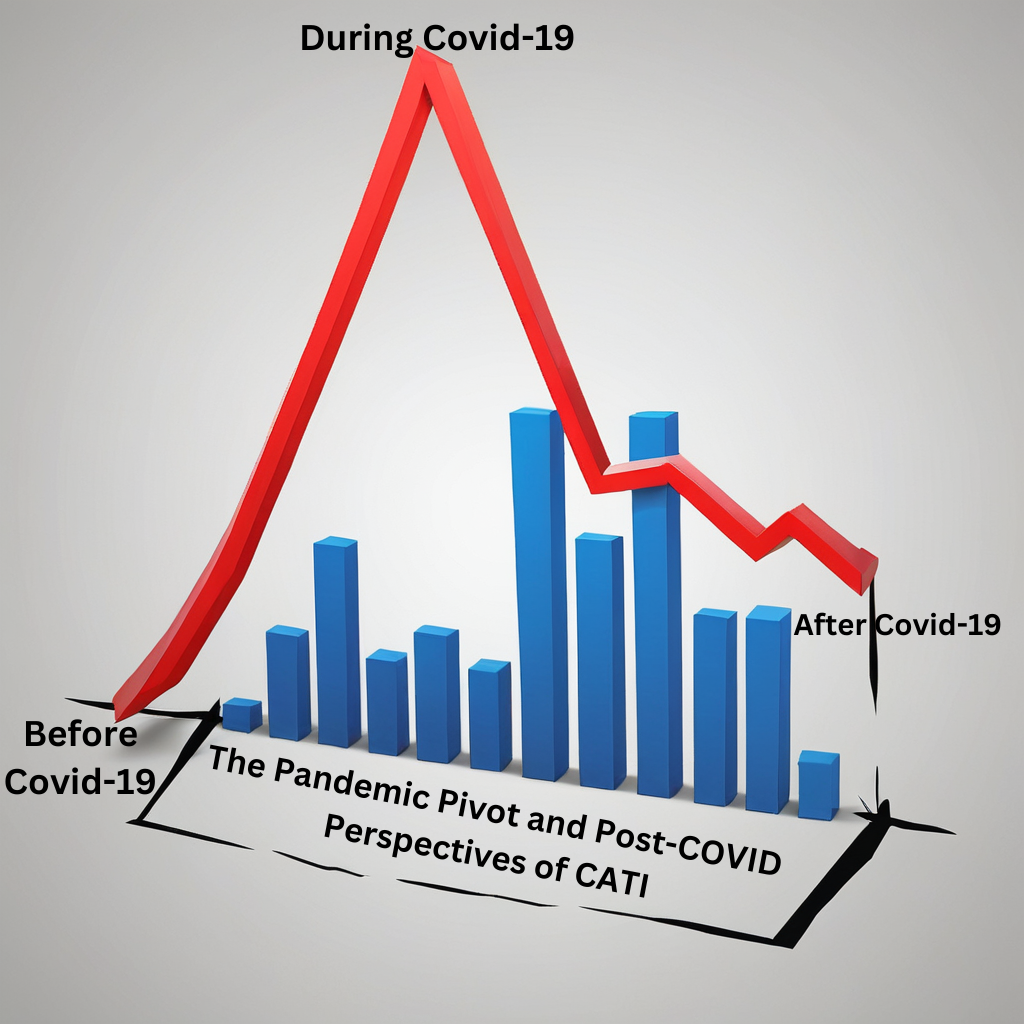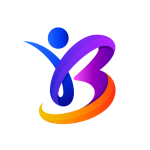In the constantly changing realm of data collection methods, CATI (Computer-Assisted Telephone Interviewing) stands as a robust method, offering a very large number of benefits for researchers and organizations alike. CATI, a form of survey administration, utilizes computer technology to assist interviewers during telephone interviews. This fusion of traditional telephone interviewing with modern computing capabilities has revolutionized the way data is gathered, providing efficiency, accuracy, and versatility to researchers across various fields.
Efficiency is one of the primary advantages of CATI. By integrating computer technology into telephone interviews, CATI streamlines the data collection process with the help of tools like StreakEye etc. Interviewers are guided through a script or questionnaire on their computer screens, enabling them to ask questions consistently and accurately. This reduces the likelihood of errors and ensures that all respondents are asked the same set of questions in the same manner. Additionally, CATI allows for real-time data entry, eliminating the need for manual transcription and significantly reducing the time required for data processing and analysis.
**
Covid-19 effect on Market.
**
surveys have experienced a rollercoaster ride of market research dynamics, particularly influenced by the disruptive force of the COVID-19 pandemic. Before the outbreak, CATI surveys accounted for only a modest 5% share of the Indian market, with other methods such as online surveys gaining traction. However, as the pandemic swept across the country, the landscape swiftly transformed, with CATI emerging as the go-to method for conducting surveys in a world gripped by social distancing measures and remote work setups.
The COVID-19 pandemic necessitated a rapid adaptation in survey methodologies. Traditional face-to-face interviews became impractical, In this context, CATI and Online surveys offered a lifeline, leveraging the ubiquity of telephones to maintain connections with respondents while adhering to safety protocols. The ability to conduct interviews over the phone, aided by computerized systems for script guidance and data entry, ensured continuity in data collection efforts across various sectors.
During the peak of the pandemic, CATI surveys witnessed an unprecedented surge in demand, capturing 100% of the market share. Organizations across industries, from market research firms to government agencies, relied heavily on CATI to gather critical insights amidst the uncertainty and upheaval caused by the global health crisis. The flexibility and accessibility of CATI proved invaluable, enabling researchers to reach diverse populations regardless of their internet connectivity or technological proficiency.
The post-pandemic landscape presents both challenges and opportunities for CATI surveys. On one hand, the resurgence of in-person interactions may lead to decreased reliance on telephonic surveys for certain types of data collection. On the other hand, the lessons learned during the pandemic underscore the resilience and effectiveness of CATI as a data collection method, particularly in times of crisis or when reaching specific populations is paramount.
Looking ahead, the future of CATI surveys will likely be shaped by a hybrid approach that combines the strengths of different methodologies.

While CATI may not reclaim its pre-pandemic market share of 100%, it remains a valuable tool in the researcher's toolkit, offering unique advantages in terms of reach, reliability, and adaptability. As the world continues to evolve, CATI surveys will continue to evolve alongside, ensuring that researchers can effectively capture insights and navigate the ever-changing landscape of data collection.
**
But Why CATI important?
** CATI is an efficient method for gathering information from respondents and providing direct feedback to companies. It leverages modern technology to streamline the process, reducing the time required for data collection. Additionally, it eliminates the need for employees to locate respondent addresses, making the process more convenient. Moreover, data entry is simplified as it can be done digitally rather than using traditional pen and paper methods. All the interviewer requires is a phone, internet connection, and the contact details of the respondent. Once they have these, they can reach out to the respondent and follow a script that includes details about the survey, the questions, and the conclusion. After gathering all the necessary information, they input the data into the system. An ideal CATI software ensures seamless data entry without any loss, assists in scheduling interviews, and efficiently manages data as per administrative requirements. Interviewers follow a scripted sequence, reading questions one by one, while simultaneously entering responses into the system. If any issues arise with recording answers, the interviewer can pause the interview to resolve them.
In conclusion, CATI represents a powerful tool in the researcher's arsenal, offering unparalleled efficiency, accuracy, and versatility in data collection. By harnessing the capabilities of computer technology, CATI enables researchers to gather high-quality data from diverse populations with ease. As technology continues to advance, CATI remains a cornerstone method for conducting telephone surveys and continues to play a vital role in shaping research methodologies across various disciplines.
